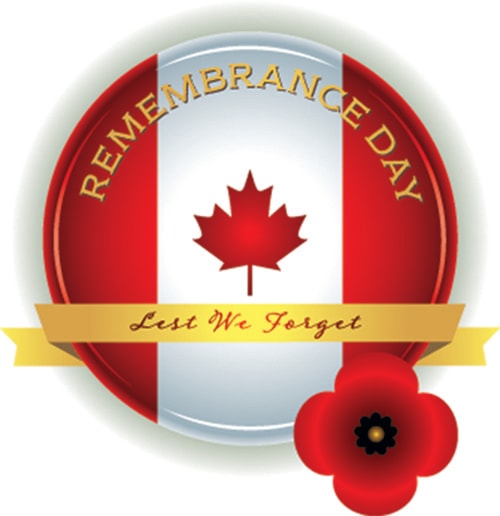With Remembrance Day upon us, we generally reflect on the impact war has had on individuals and families — primarily those painful and tragic losses.
However, lesser known is the effect conflicts have had on communities, and particularly Vernon during the Second World War.
“When one sifts through the pages of the 1944 spring and summer issues of the Vernon News, it comes as no surprise that life in Vernon during this time was anything but restful,” writes Ron Candy, former curator, on the Greater Vernon Museum website.
“A war was on; Canadian troops had already given their lives at Dieppe and Hong Kong and now they were fighting in North Africa, Italy, in the skies over Britain and Europe and, most recently, on the coast of Normandy and into northern France.”
Like other Canadians, local residents couldn’t escape the horrors of far-away Europe and Asia.
“Dozens of young Vernon born men had been killed in action and many parents and friends were sick with the worry that dozens more would die before the war was over,” writes Candy.
Beyond sending its sons overseas, though, Vernon, unlike other Okanagan communities, played a significant role in the war effort.
“The presence of the Vernon Army Camp, just walking distance from the downtown, served as a constant reminder that the country was at war. At the height of Second World training, there were in excess of 7,000 troops at the camp at any given time,” writes Candy.
“For those living near the camp, the constant sounds of bugle calls, men shouting drill orders, trucks, and the distant resonance of exploding mortar shells and gunfire during practice sessions became part of their daily life. However, with so many soldiers in town, Vernon’s economy thrived.”
Among the amenities available to soldiers were dance halls, restaurants, ice cream parlours, a bowling alley and a movie theatre.
During the first five months of 1944, the Canadian Legion War Services Recreation Centre assisted 82,500 servicemen.
“Local food suppliers including cattle ranchers, poultry producers, farmers, and fruit growers provided the camp with huge quantities of meat, vegetables, dairy products, and fruit,” writes Candy.
“Many Vernon residents worked at the camp itself.”
Life appeared to move ahead.
“Wartime weddings became a major aspect of life in Vernon. At one point, All Saint’s Anglican Church went through a whole book of marriage certificates and had to order more. But, the honeymoons were often short as husbands were quickly shipped overseas,” writes Candy.
“The pages of the Vernon News during 1944 also illustrate to us that optimism reigned. Sporting events, fairs, community picnics, and other cheerful pastimes took place regularly. New businesses appeared and people still invested in the future. Many enthusiastic articles tell of post war plans and development for the city and the surrounding area.”
Once hostilities ceased and the thousands of soldiers no longer arrived on Mission Hill, Vernon returned to being a sleepy Okanagan town.
But even after all of the decades, Vernon should be proud of the role it played in the Second World War and particularly for providing a warm and reassuring welcome to those young men facing uncertainty.
– Richard Rolke is senior news reporter at the Vernon Morning Star.
